Written by Sahila Kudalkar
At the recently concluded CITES Conference of the Parties (CoP) 2019 held 17th – 28th August, 2019 in Geneva, Switzerland, countries voted to increase protection for otters, giraffes, reptiles such as the star tortoise and tokay gecko and several marine species including sea cucumbers, sharks and eels against excessive, unregulated trade. Many species were ‘uplisted’ from Appendix II to Appendix I, such as the Asian Small-clawed Otter (Amblonyx cinerea), whereas others such as the Tokay Gecko (Gekko gecko) entered the appendices for the very first time.
But what is an Appendix? What qualifies a species for listing in a particular Appendix? What does this mean for Indian species? Let’s try to demystify some of these questions.
CITES has three appendices - I, II, III.
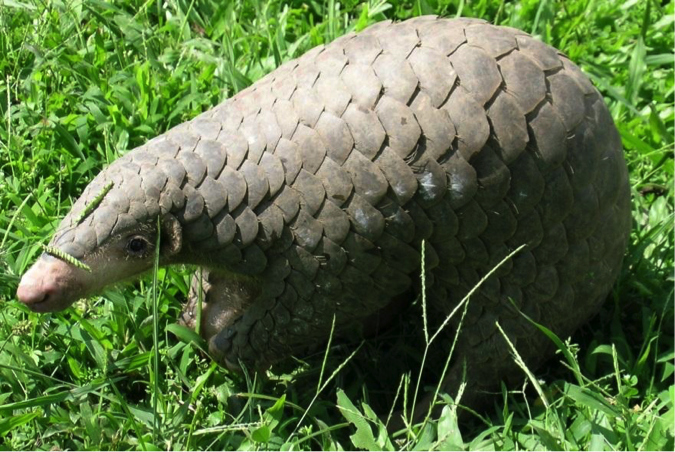
Chinese pangolins are included in Appendix I of CITES (Photo: Wikipedia)
Appendix I includes species that are highly threatened so that trade is allowed only under exceptional purposes (eg. Scientific research). A species can be included in Appendix I either through a regular meeting of CITES CoP or by postal communication within the CoP.
To be included in Appendix I, a species must fulfill at least one of the following three criteria:
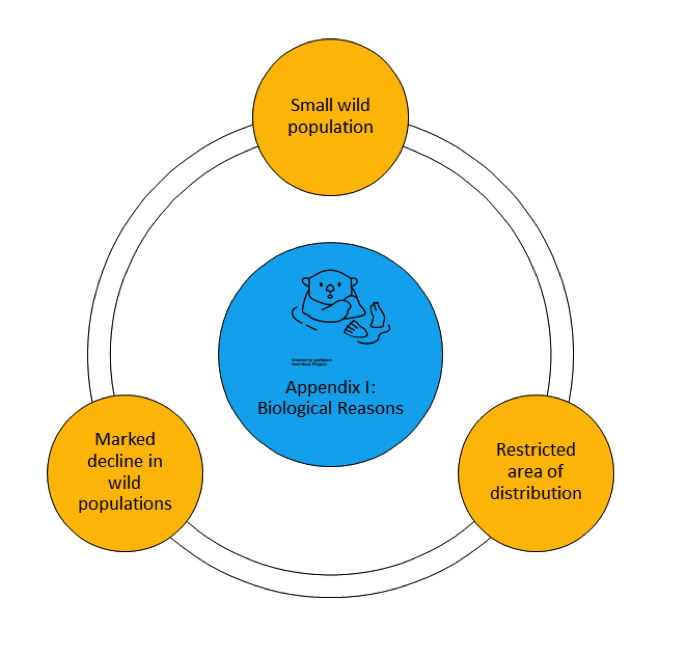
A small wild population can have either one of the following characteristics:

A species can be said to have a restricted area of distribution if it satisfies any one of the following criteria:
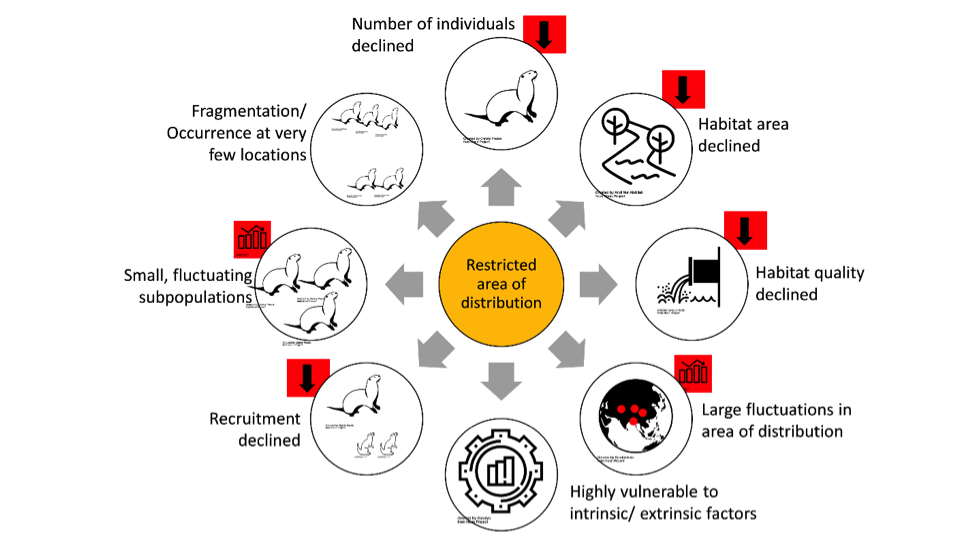
Similarly, species showing a marked decline in populations will satisfy either of the following characteristics:
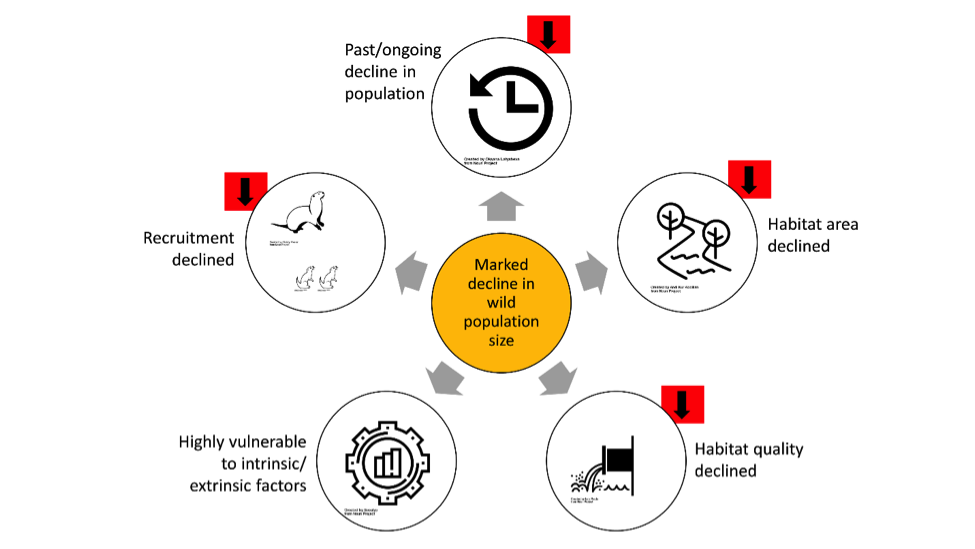
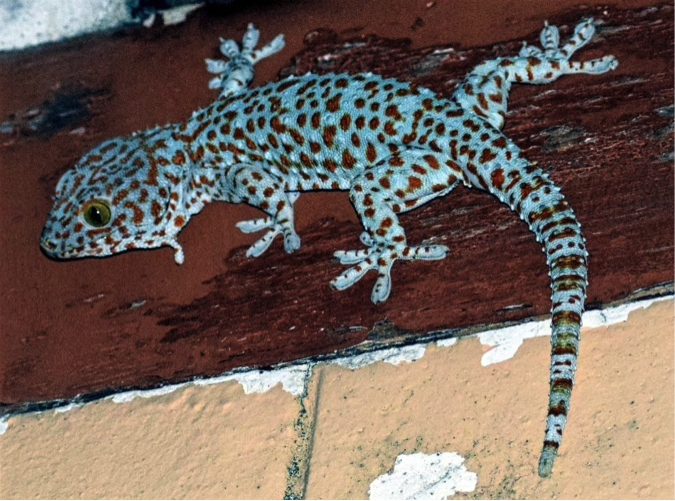
Tokay geckos were included in Appendix II of CITES at CoP ‘19 (Photo: Wikipedia)
On the other hand, species included in Appendix II are not necessarily threatened, but trade in wild populations could pose a serious threat to their survival. Similar to Appendix I, a species can be included in Appendix II either through a regular meeting of CITES CoP or by postal communication within the CoP. To be included in Appendix II, a species must fulfil either one of the following four criteria:
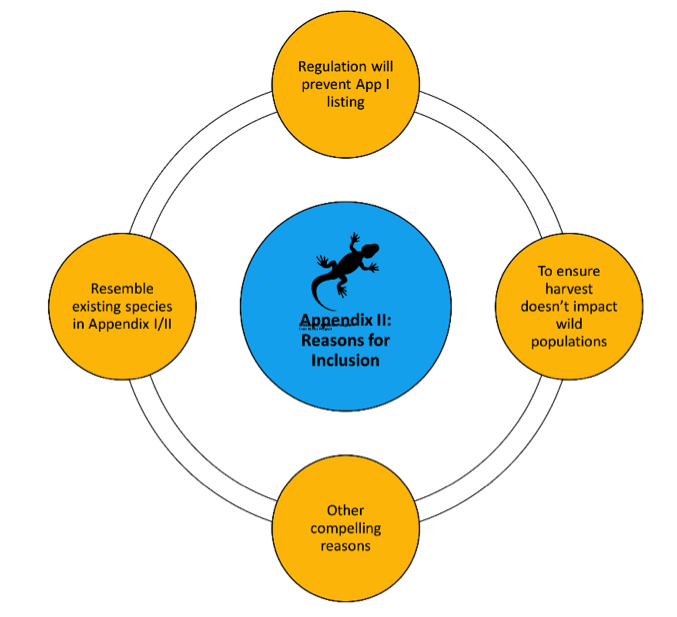
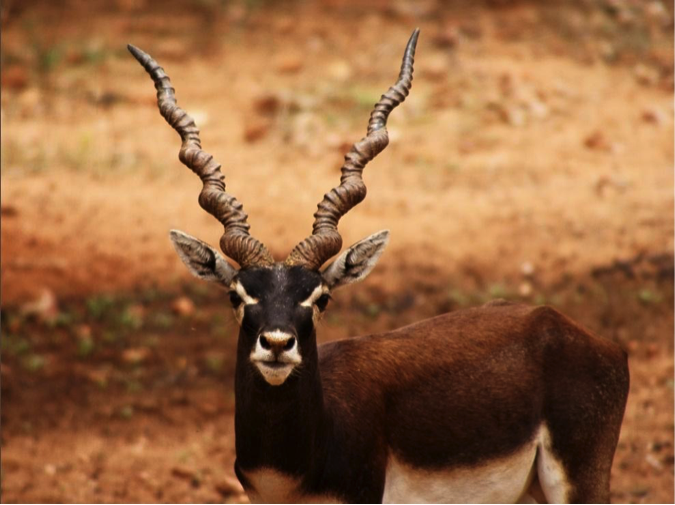
The Indian blackbuck is included in Appendix III of CITES (Photo: Wikimedia Commons)
An Appendix III species may be protected in one country, that then requests other parties for assistance to protect. Individual countries have the power to make changes to Appendix III species.
What does this mean on the ground for enforcement? Basically, the different appendices necessitate different checks at the enforcement end.
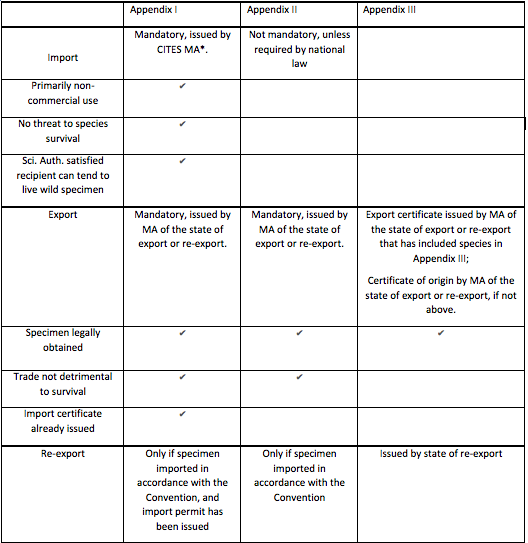
*CITES MA in India is the ADG, MoEFCC, GoI. Asst. MA are Deputy Directors, WCCB for respective regions.
To be continued...